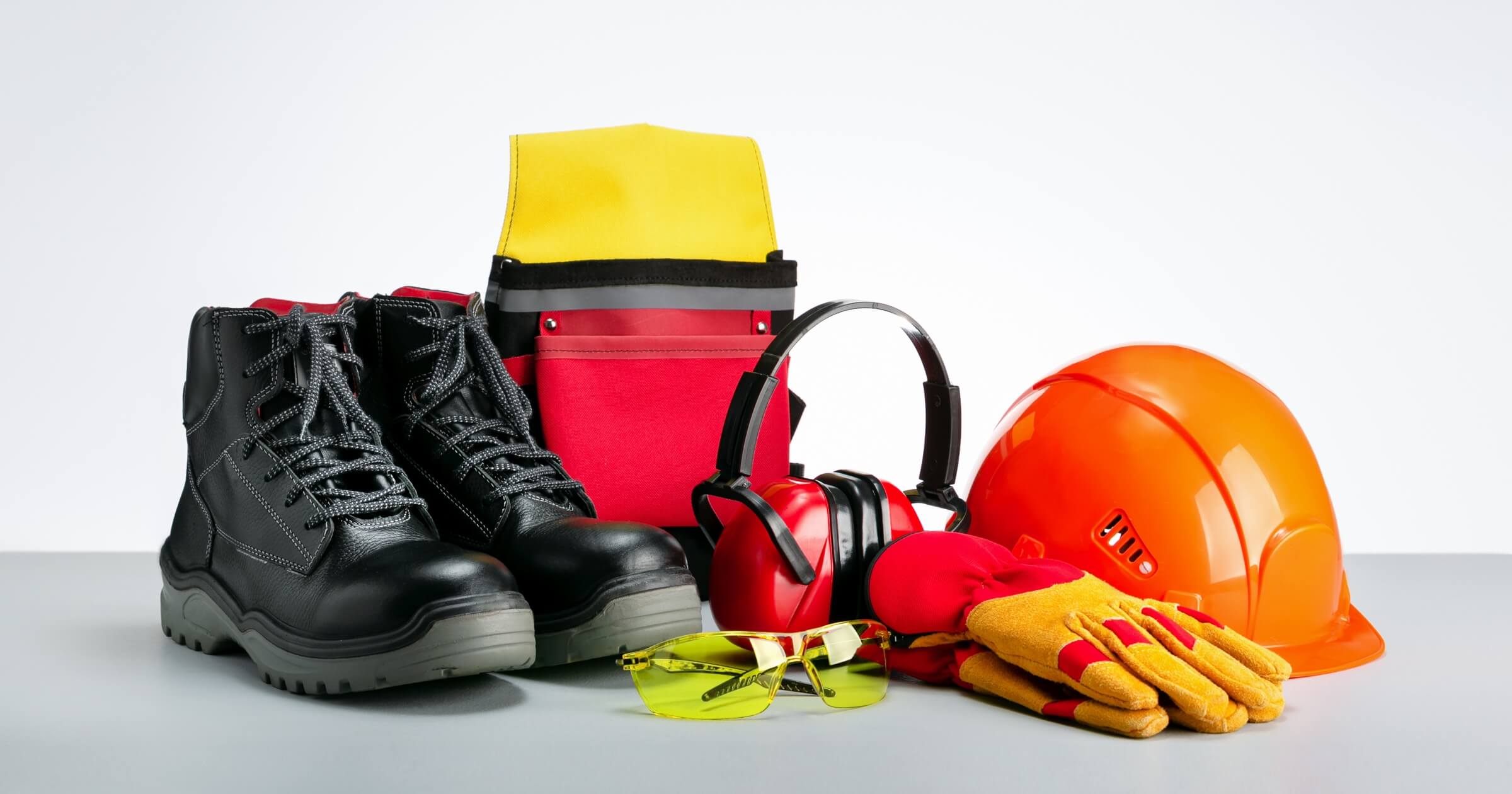Construction sites are loud requiring proper hearing protection for construction workers to be safe. Between jackhammers, circular saws, heavy equipment, and constant movement, hearing damage is one of the most common occupational hazards in the industry. Whether running a crew or working on the tools yourself, using the right hearing protection will keep your ears healthy as you age. Top choices include the 3M Worktunes and Howard Leight earplugs.
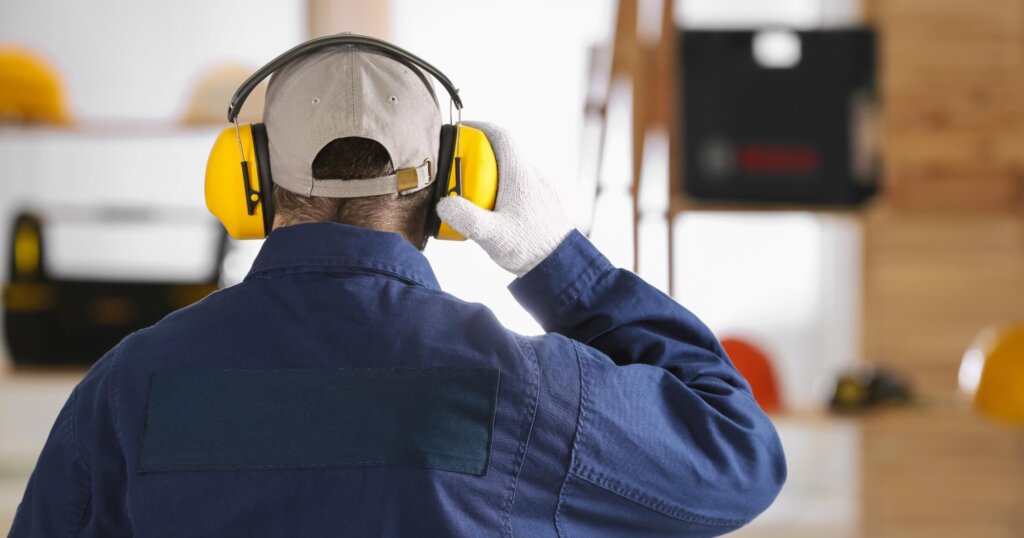
Why is hearing protection important for construction workers?
Risk of hearing loss
It doesn’t take much for a construction site to hit noise levels that can cause real damage; 85 decibels is the threshold for hearing protection, and most power tools and machinery go well beyond that. A chainsaw can reach around 110 dB, and jackhammers often hit 120 dB or more. Exposure to this kind of noise without protection, even for short periods, puts workers at serious risk.
The problem?
Noise-induced hearing loss (NIHL) isn’t something you can shake off or recover from. Once it starts, there’s no getting it back. According to the National Association of Safety Professionals (NASP), millions of workers in the U.S. are exposed to hazardous noise on the job every year, with construction topping the list. Common culprits include bulldozers, cranes, compressors, grinders, and almost any motor tool.
The risk can have major impacts on your quality of life. Tinnitus (that constant ringing in the ears) and difficulty hearing conversations are common symptoms of hearing loss. Luckily, both of these are easily preventable with the right gear and habits.
Increased productivity
When your ears are constantly bombarded by loud, chaotic noise, your focus takes a hit. Over time, that non-stop background noise leads to mental fatigue, slower reaction times, and more mistakes on the job.
Proper hearing protection helps block out excessive noise while letting workers hear what they need, like instructions, alarms, or conversations. That balance keeps teams more alert and less mentally drained by the end of the day.
Reduced distractions
When high noise levels surround workers, it’s easy to miss verbal cues, misunderstand directions, or not hear warnings in time. Good hearing protection can also help reduce background chaos so workers can stay tuned in to what matters. That means fewer communication slip-ups, less confusion on-site, and a lower chance of accidents caused by sudden, startling noises.
Best practices to prevent hearing loss in construction
Know the safe limit
If you have to raise your voice to talk to someone just a few feet away, the noise is probably above the safe limit. Safety experts say occupational noise exposure should stay below 85 decibels over an 8-hour shift. Anything higher can cause permanent hearing damage.
Employers can use handheld sound level meters or even smartphone apps to monitor exposure throughout the day. Tools like the NIOSH Sound Level Meter app are free and easy to use, helping workers and supervisors stay informed.
The NASP also emphasizes that employers protect workers by evaluating noise risks, providing the correct PPE, and training crews on proper hearing protection practices.
Use the proper hearing protection equipment
Not all hearing protection is created equal, and not every job calls for the same gear. The best protection depends on how loud the environment is, what kind of work you’re doing, and what feels comfortable to wear all day. For lighter noise, foam earplugs do the trick. For louder tasks, like operating jackhammers or demolition tools, over-the-ear earmuffs or even double protection (earplugs and earmuffs) might be necessary.
Maintain a safe distance from the noise
Sometimes, the best hearing protection for construction workers is just putting space between you and the noise. When possible, try to stay clear of the loudest equipment, such as jackhammers, compressors, concrete saws, and demolition tools. Even a few extra feet can make a big difference in how much noise reaches your ears.
If keeping a distance isn’t an option, consider using sound barriers or enclosures around noisy machinery. Temporary walls, acoustic blankets, or even tool-specific noise shields can help reduce the amount of sound that spreads across the job site. It’s a simple way to create quieter zones and lower the exposure for everyone on-site.
How to choose the appropriate hearing protection for construction work
Choosing the proper hearing protection depends on what you’re doing and if it feels good enough to wear all day. Before buying hearing protection, consider the following:
Noise attenuation
The most important factor is how much noise the protection blocks. This is measured by the Noise Reduction Rating (NRR)—the higher the NRR, the more sound it filters out. A good set of earplugs or earmuffs might be enough for moderately loud environments. But in extremely noisy settings (think concrete saws or heavy demolition), you might need dual protection, meaning both earplugs and earmuffs simultaneously.
Comfort and fit
Even the best-rated protection won’t help if it’s not worn correctly. That’s why comfort and fit matter. Earplugs come in a few types—moldable foam that conforms to your ear canal or pre-molded plugs that are ready to use out of the box. Foam plugs offer a snug, custom fit, while pre-molded options can be more durable and reusable.
For earmuffs, look for features like adjustable headbands, padded ear cups, and compatibility with hard hats or face shields. Poorly fitting earmuffs can create gaps that let noise in, defeating the purpose of wearing hearing protection.
Additional features (Bluetooth, communication tools)
Modern hearing protection for construction workers often comes with extra features that simplify life on-site. Bluetooth connectivity lets you answer calls or stream music without removing your protection. At the same time, some earmuffs include built-in radios or communication systems, making coordinating with your team in noisy environments easier. These features are handy when staying connected is part of the job.
Best hearing protection for construction workers
Earplugs
3M E-A-Rsoft Yellow Neons
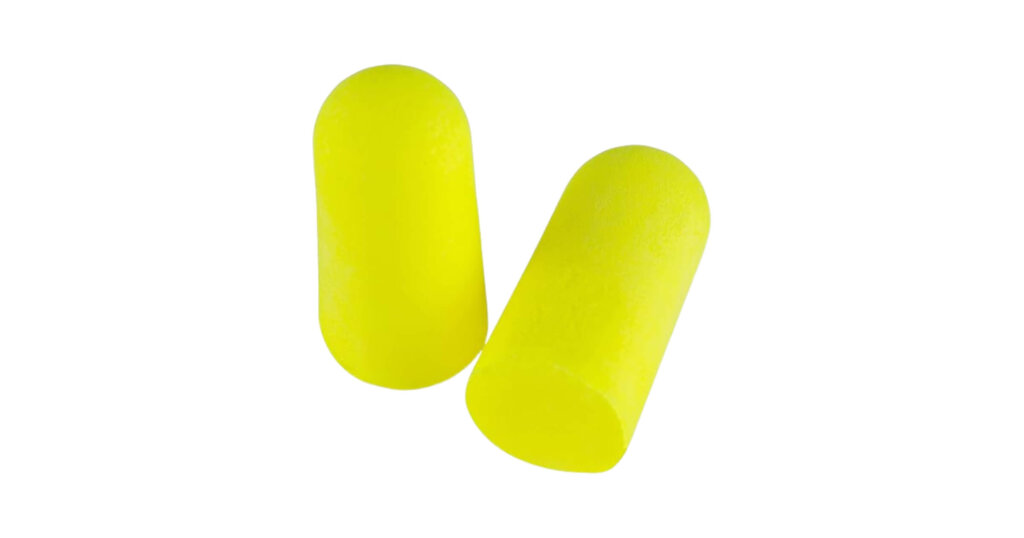
- Cost: Approximately $56 for a box of 200 pairs.
- Where to buy: Available on Amazon and through various safety equipment suppliers.
These earplugs offer a high Noise Reduction Rating (NRR) of 33 dB, providing substantial protection against loud noises. Made from soft, slow-recovery foam, they offer a comfortable fit for extended wear. Their bright yellow color also helps in compliance checks on busy construction sites.
Howard Leight by Honeywell Laser Lite
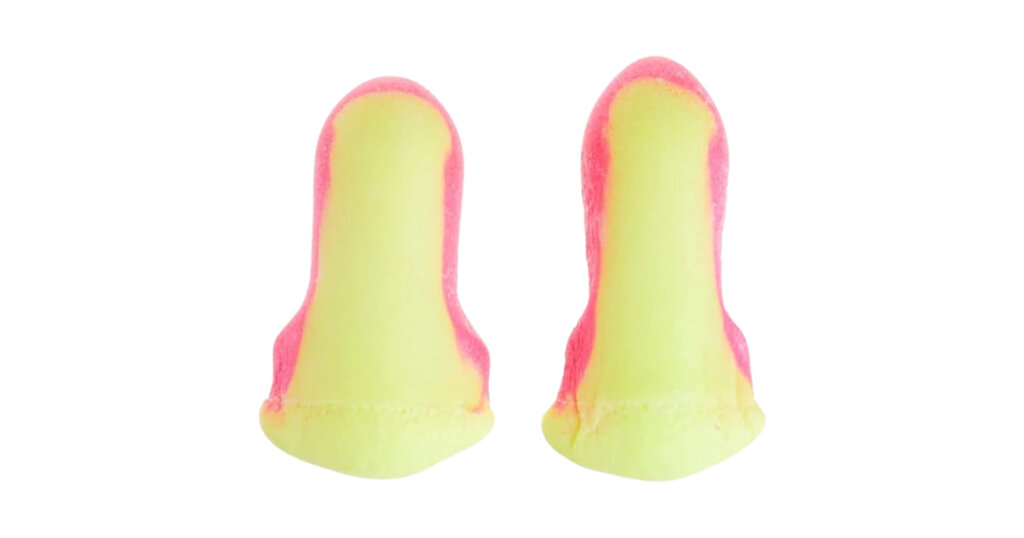
- Cost: Approximately $26 for a box of 200 pairs.
- Where to buy: Available on Amazon and through industrial safety suppliers.
These earplugs feature a contoured T-shape for easy insertion and removal, with a self-adjusting foam that expands to fit most ear canals comfortably. They provide a Noise Reduction Rating (NRR) of 32 dB, making them suitable for high-noise environments. The vibrant magenta and yellow colors improve visibility for compliance monitoring.
Earmuffs
3M Peltor X5A Over-the-Head Earmuffs
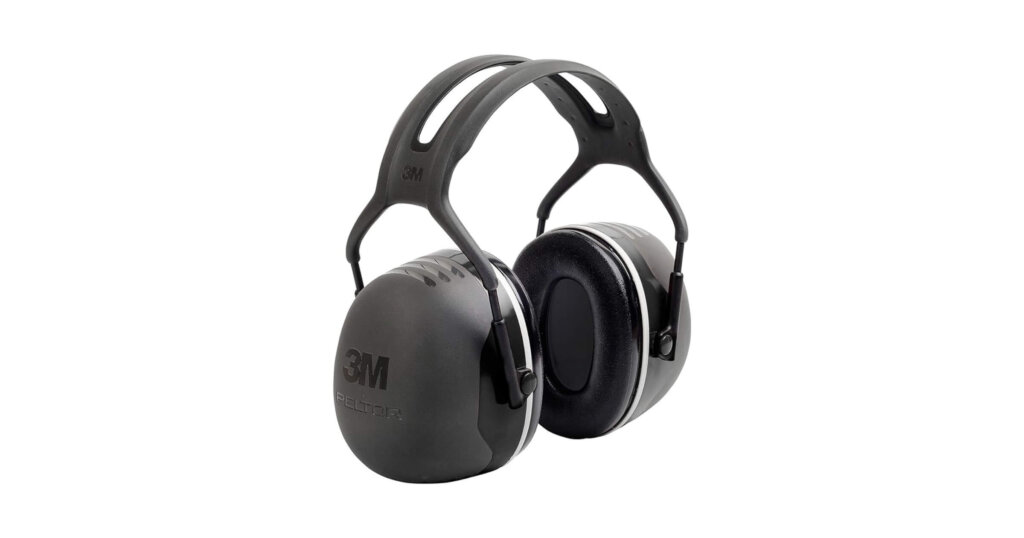
- Cost: Approximately $40
- Where to buy: Available on Amazon and at retailers like Home Depot.
With an NRR of 31 dB, these earmuffs are a solid choice for hearing protection. They feature wide, soft foam ear cushions and a stainless steel headband that provides consistent pressure for a secure fit. Designed for comfort, they’re ideal for prolonged use in extremely noisy construction environments.
3M Worktunes
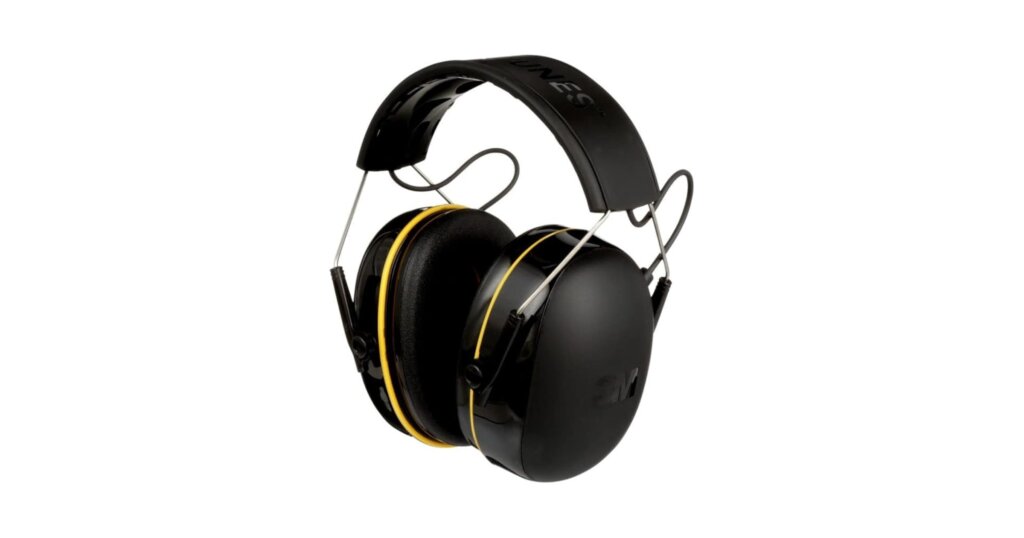
- Cost: Approximately $120 – $150, depending on the retailer
- Where to buy: Available on Amazon and through industrial supply stores.
These earmuffs provide hearing protection with an NRR of 24 dB and feature Bluetooth connectivity, allowing workers to stream music or communicate via phone without removing the earmuffs. This integration can improve safety and productivity by enabling clear communication on noisy job sites. They are on the pricier side, but it can be a worthwhile investment in the long run.
Bottom line
Hearing loss on construction sites is 100% preventable. If you’re operating heavy machinery, consistent use of hearing protection can go a long way toward preserving your hearing.
Choose equipment that fits well, suits your job, and offers the right level of protection. It’s a small investment that can save you from a lifetime of ringing ears or struggling to hear your family at the dinner table.
Want more practical safety tips and gear guides like this? Subscribe to our newsletter and get expert advice delivered straight to your inbox.
